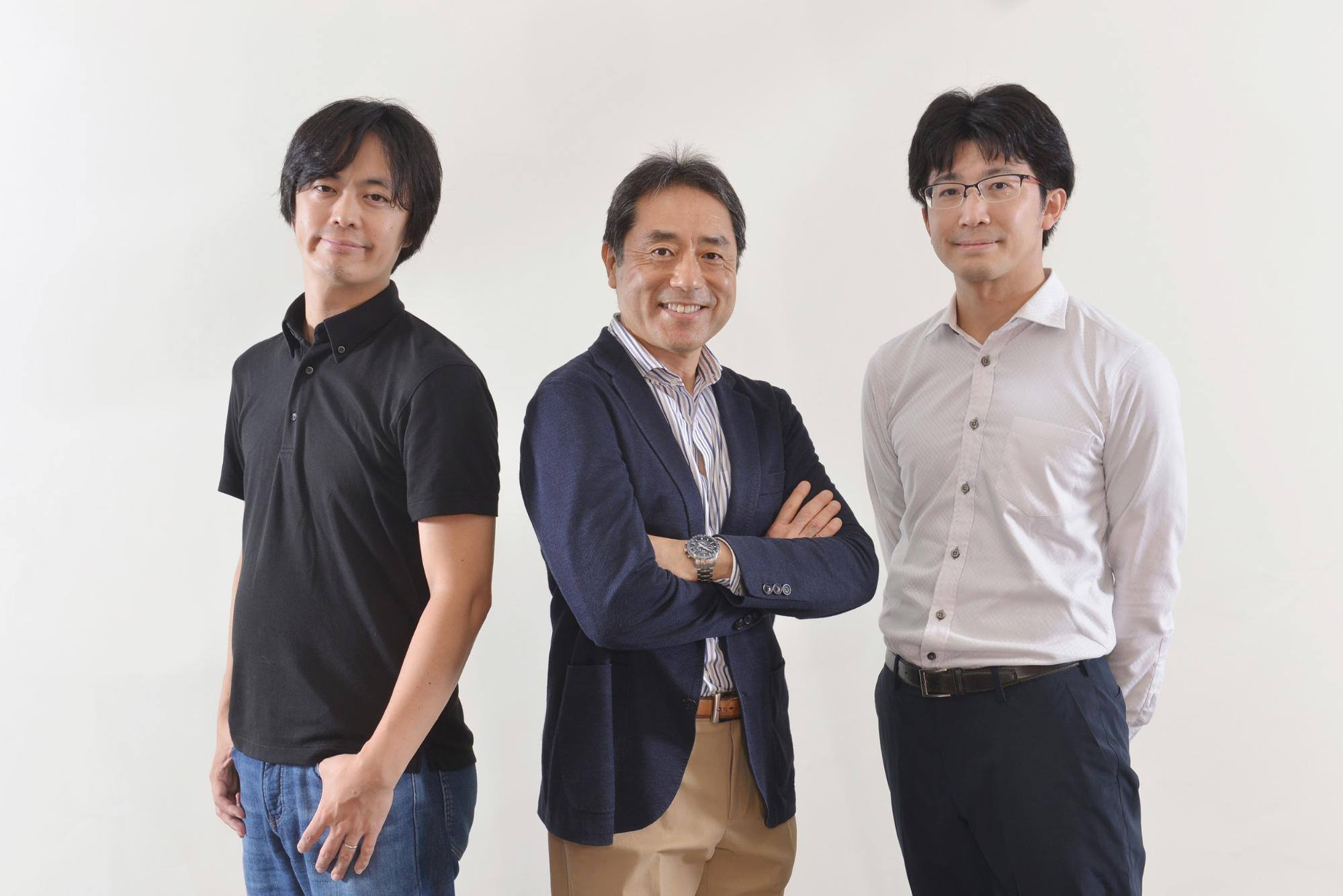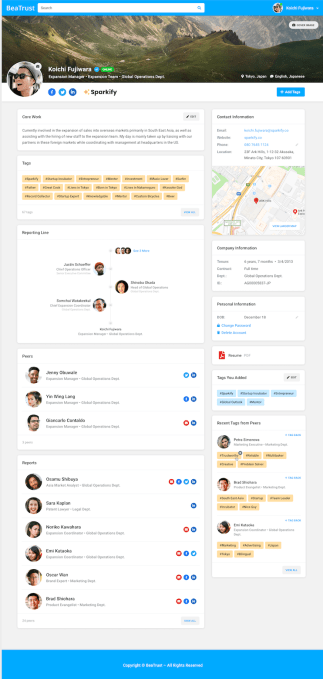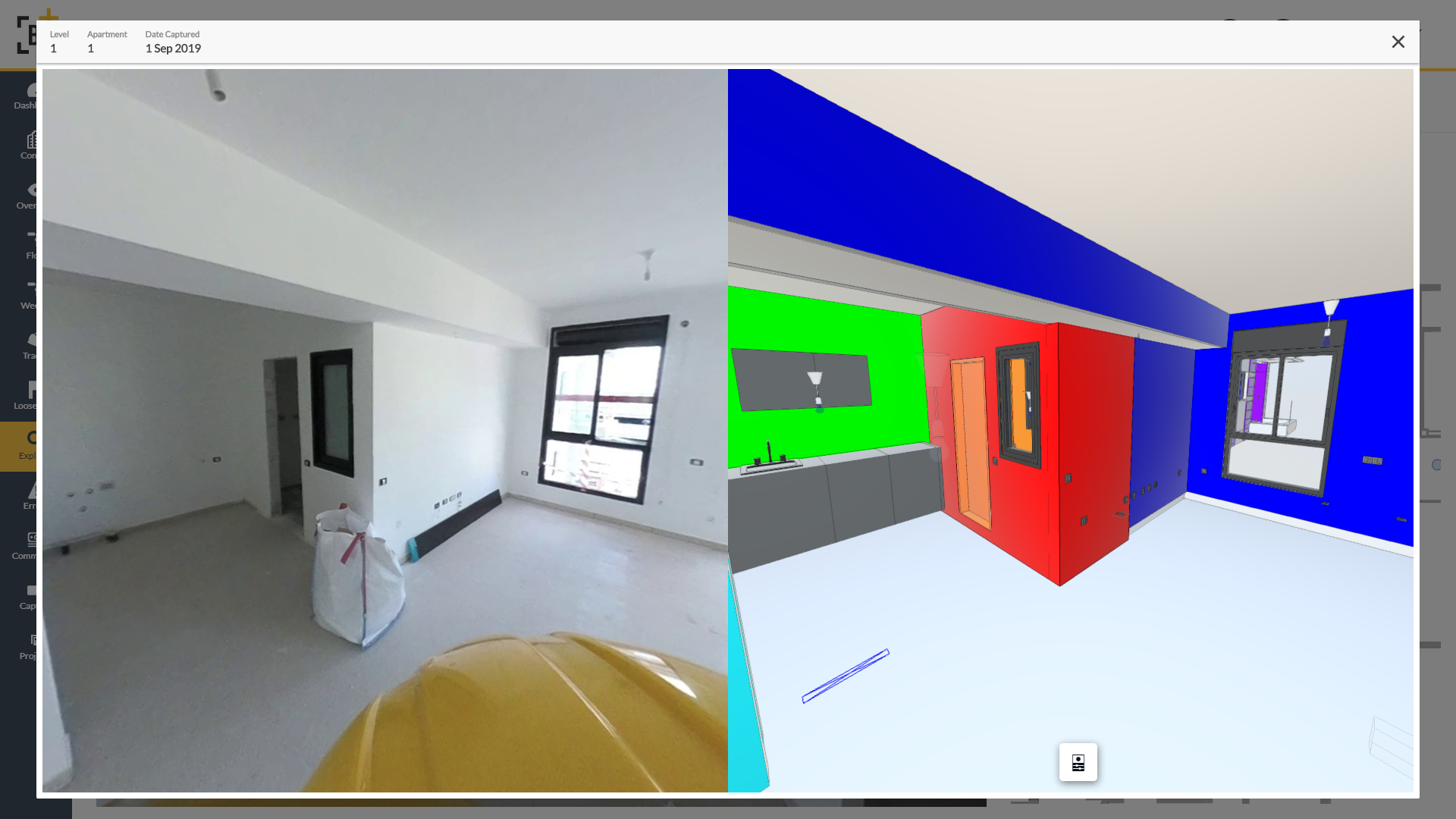Six years ago, SmartNews took on a major challenge. After launching in Japan in 2012, the news discovery app decided that its first international market would be the United States. During Disrupt, co-founder Kaisei Hamamoto talked about how SmartNews adapts its app for two very different markets. Hamamoto, who is also chief operating officer and chief engineer of the startup, which hit unicorn status last year, also dove into how the company deals with media polarization, especially in the United States.
At Disrupt, SmartNews announced a roster of major new features for the U.S. version of the app, including sections dedicated to voting information and articles related to local and national elections. Hamamoto said the SmartNews’ goal is to make the app a “one-stop solution for users’ participation in the election process.”
The media landscape has changed a lot since SmartNews was founded in 2012. In the U.S., SmartNews is tackling the same issues as many journalists are: increasing polarization, especially along political lines, and monetization (SmartNews currently has more than 3,000 publishing partners around the world and splits ad revenue with them). And, of course, it’s up against a host of new competitors, including Apple News and Google News.
While many Japanese startups focus on other Asian markets when expanding internationally, SmartNews decided to enter the United States because it is home to some of the most influential media companies in the world. On the engineering side, Hamamoto said the company also wanted to tap into the country’s AI and machine learning talent pool.
“The U.S. is not only an attractive market, but also an important development center” for SmartNews,” he said.
The Japanese and American versions of SmartNews share the same code base and its offices in both countries work closely together. While the company’s machine learning-based algorithms drive the bulk of news discovery and personalized recommendations, publishers are first screened by SmartNews’ content team before being added to its platform. The company’s vice president of content is Rich Jaroslovsky, a veteran journalist who wrote for publications like Bloomberg News and the Wall Street Journal.
While AI-based algorithms can perform tasks like filtering out obscene images, “it does not have the ability to evaluate how each publisher meets certain standards,” Hamamoto said. “We are doing everything we can to ensure that our users can read the news with trust every day thanks to efforts led by our team of journalism experts.”
Breaking readers out of information bubbles
In addition to their code base, the two versions of the app share some of the same features. For example, each has SmartNews’ COVID-19 channel, with continuous updates about the pandemic. In the States, this includes visualizations of confirmed cases by county or state, and information about local closing or reopening orders.
In terms of adapting the apps’ user experience, Hamamoto said Japanese readers prefer to have a lot of news displayed on one screen, so it uses a layout algorithm that deliberately increases the density of information presented in its Japanese app. But testing showed Americans prefer a simpler, cleaner layout with more white space.
But the differences go beyond the apps’ user interface. In 2016, members of the U.S. and Japanese team spent three weeks traveling across 13 states, including Georgia, Tennessee, Mississippi, Oklahoma and Texas, to talk to people they met through Craiglist postings or in diners and cafes. SmartNews’ leaders decided to do this after the Japan team realized that most of their U.S. trips were to their offices in New York and the Bay Area.
“We knew we couldn’t get a get a true sense of America by only visiting the East Coast and West Coast,” he said.
Hamamato said one of his biggest takeaways from the 2016 trip was that “we tend to categorize people into just two segments, our side or the other side, and we tend to think of the other side as the enemy, but in reality the world is not that simple.”
In a bid to tackle political polarization in American media, the company launched a “News from All Sides” feature last year, that displays articles about one topic from publications displayed on a slider from “most conservative” to “most liberal.” The U.S. app also has a stronger emphasis on local news. Based on users’ locations, this can be as specific as information from county or even city news outlets.
Hamamoto added that one of SmartNews’ guiding principles is a belief that “having a willingness to listen to other people and not easily label them will help solve the division of our society.”







